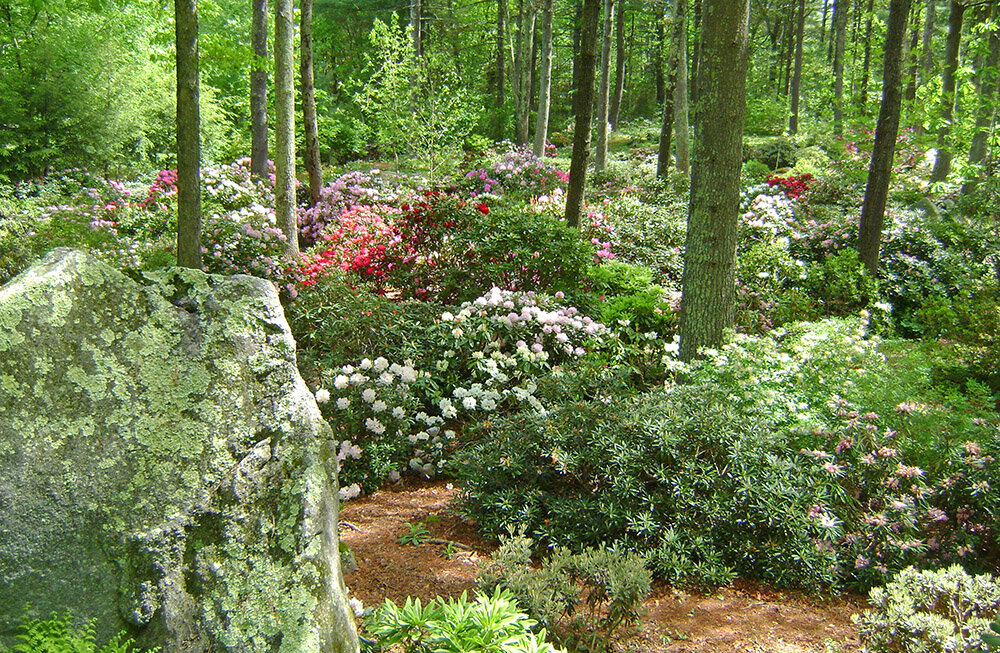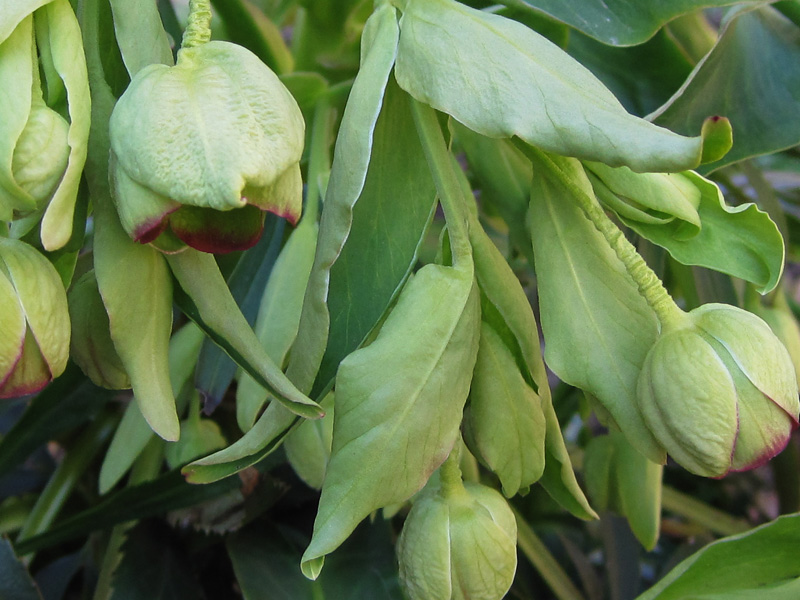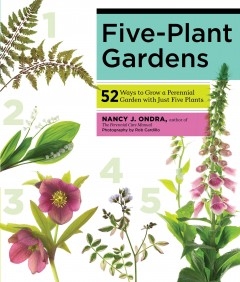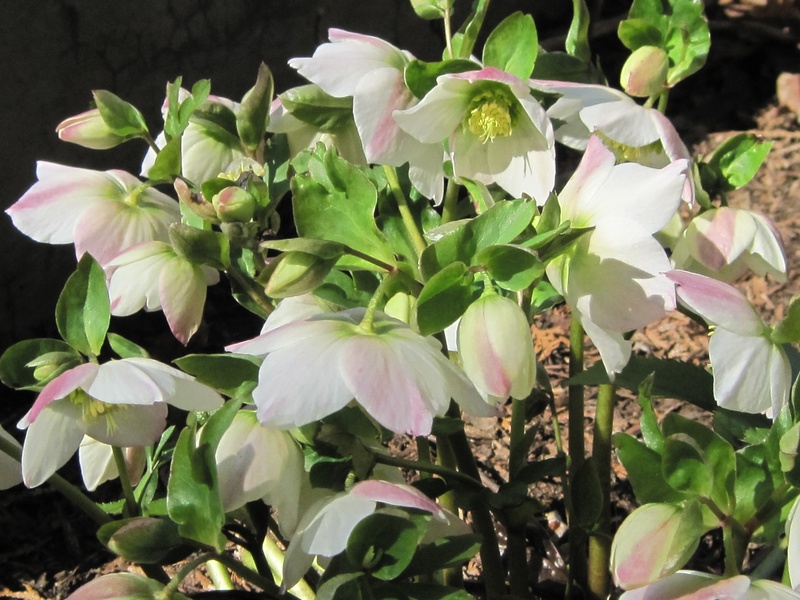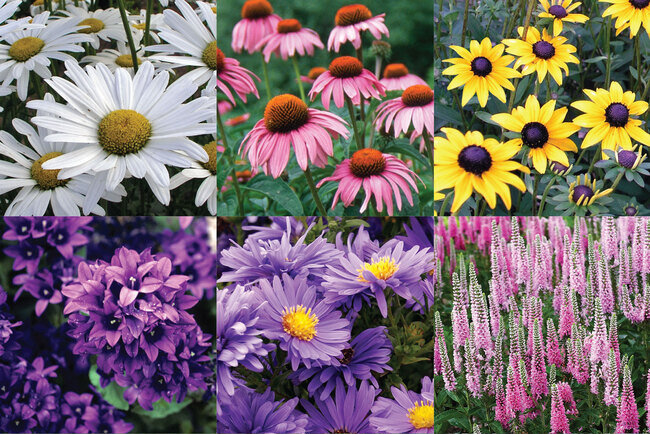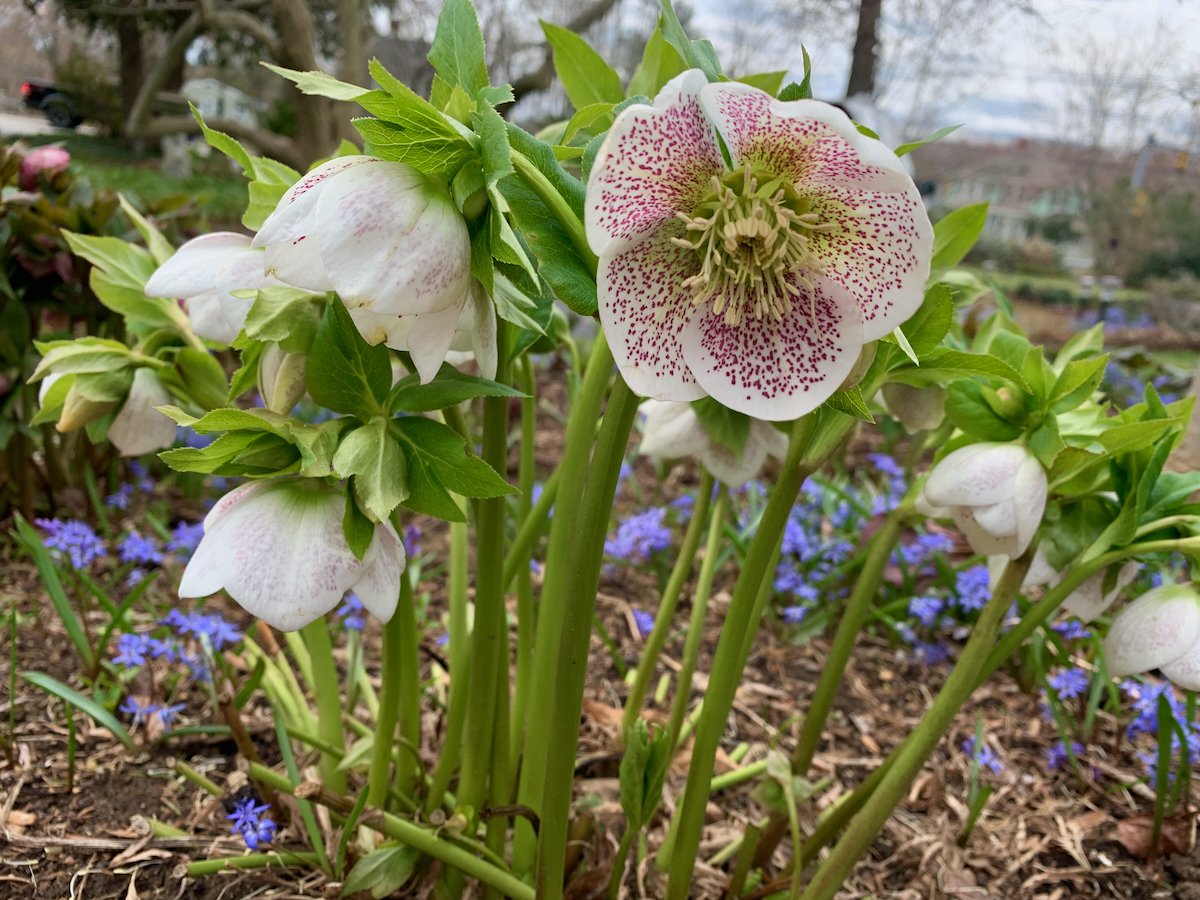Spring Ephemerals: Adapted for Success
/There are hundreds of species of flowers that are native to the woodlands of northeastern North America, and nearly 90% of them bloom in the spring. Spring ephemerals are among the first of the woodland plants to emerge, allowing them to take full advantage of the available sunlight, moisture and nutrients of the forest floor. This gives them a head start in the race to fulfill the biological imperative of all flowering plants: the production of seeds for the continuation of the species.
However, blooming so early is not without risk. It requires unique evolutionary strategies and adaptations. Many spring ephemerals have developed complex relationships with other organisms in their eco-niche that encourage successful pollination and seed production. In addition, many have specific physical and structural characteristics that give them advantages in the potentially harsh conditions of early spring.
Small Size
Spring ephemerals are small plants. The forest floor thaws from top to bottom, so water and nutrients are available in the top level of the soil first, allowing smaller plants with their shallow root systems to become active before larger plants. This gives spring ephemerals a competitive edge in successful flower and seed production.
Growth Habit
Many spring ephemerals have physical characteristics that offer protection during the cold nights of early spring. Bloodroot traps warm air with its thick leaves that envelop the flower bud and the flower stem, shielding them from frost. Other plants, such as Hepatica, have stems that are covered with dense hairs that resemble a fur coat. The hairs prevent ice condensation and act as insulators, thus protecting very early bloomers from damaging frosts.
Pollination
Some woodland plants bloom before most pollinators are active. For example, skunk cabbage blooms so early that the only insect pollinators available are flies. The fetid odor of skunk cabbage is an adaptation designed to attract flies and ensure pollination.
Hepatica is another early bloomer, with blossoms that span the time of available pollinators. Hepatica relies on flies as well as early bees, beetles and moths for pollination.
Our native bumble bees are essential to the reproductive success of many spring ephemerals, such as Dutchman’s breeches.
Seed Dispersal
Many woodland perennials rely on wind, or birds, or water to spread their seeds. Others, like bloodroot and trilliums, have their seeds spread by ants, a process called myremecochory. Ants gather the seeds and store them in underground nests where they feed upon a fleshy appendage attached to each seed. In this way, the ants essentially plant the seeds in an environment where they stay protected until they germinate the following spring. A single ant colony may collect over a thousand seeds in a season, but they do not move them a great distance. In general, a seed is carried no more than two meters from the parent plant. Because offspring and parent plant remain in close proximity, their existence is easily threatened. When their habitat is disturbed or they are removed from the woodland (by changing environmental factors and human or animal activity), it is rare that they recur.
Deer Resistance
After a long winter, foraging deer are fond of fresh new plant growth. Most spring ephemerals have developed adaptations that make them unpalatable to deer, including hairy stems and leaves, and poisonous sap.
Spring ephemerals and other early-blooming woodland perennials have developed ecological strategies for flowering, pollination and seed production that are completely reliant on the seasonal cycles of our native woodlands, on the growth patterns of our native plants, and on the availability of our native pollinators. In spring, our woodland floors are carpeted with the blooms of wildflowers that are wondrous examples of the complex inter-relatedness of the natural world.
By Joan Butler























